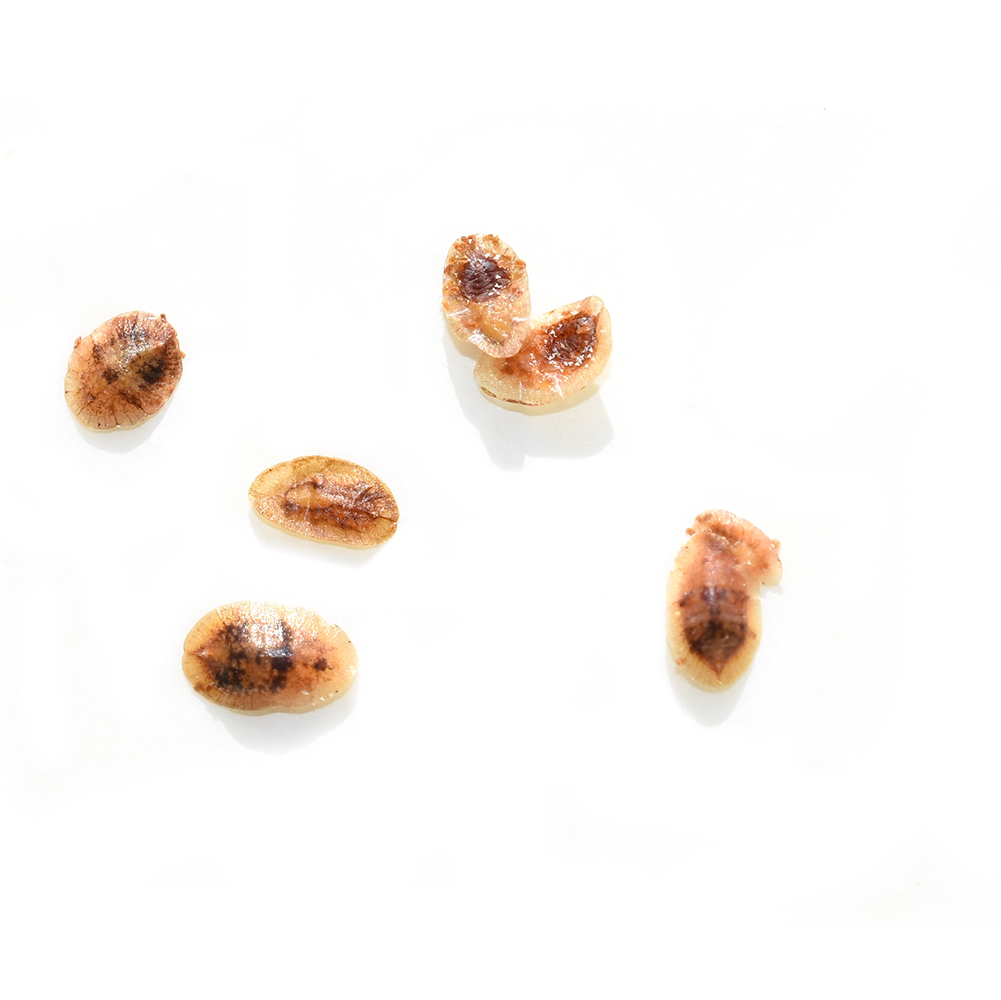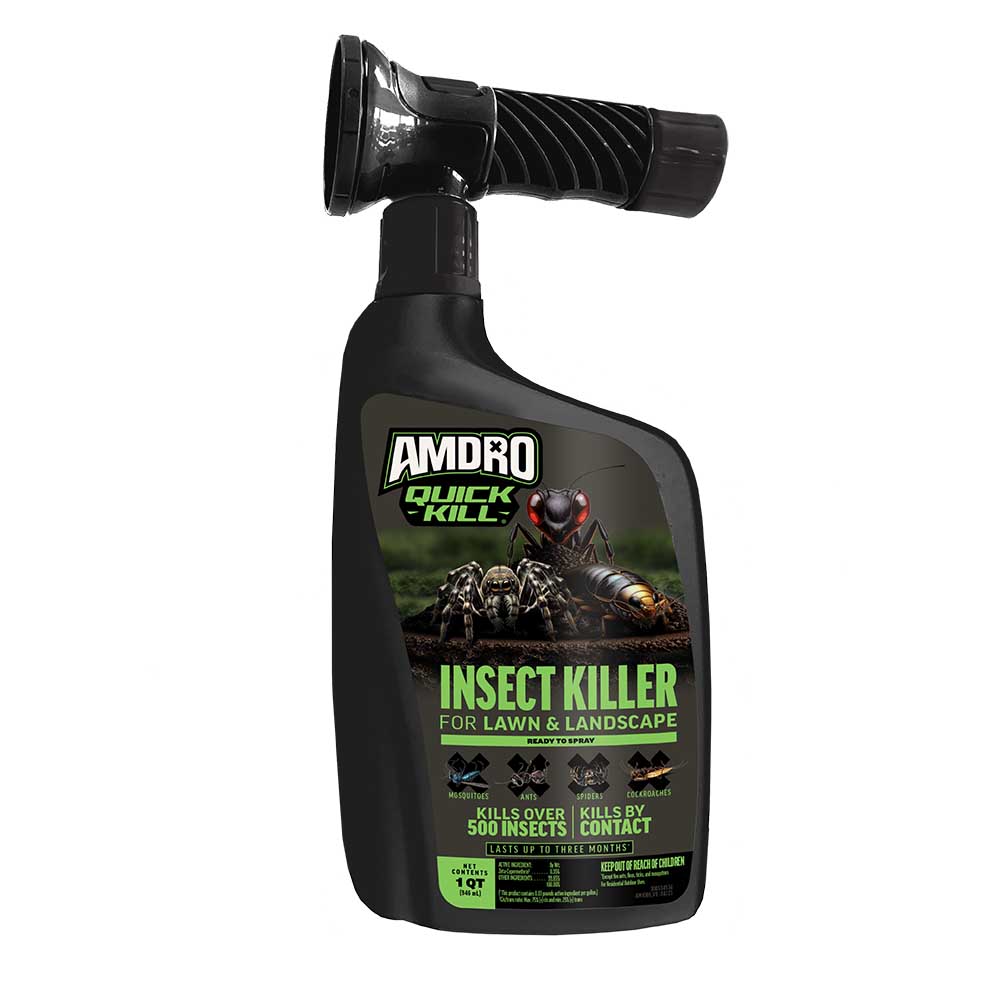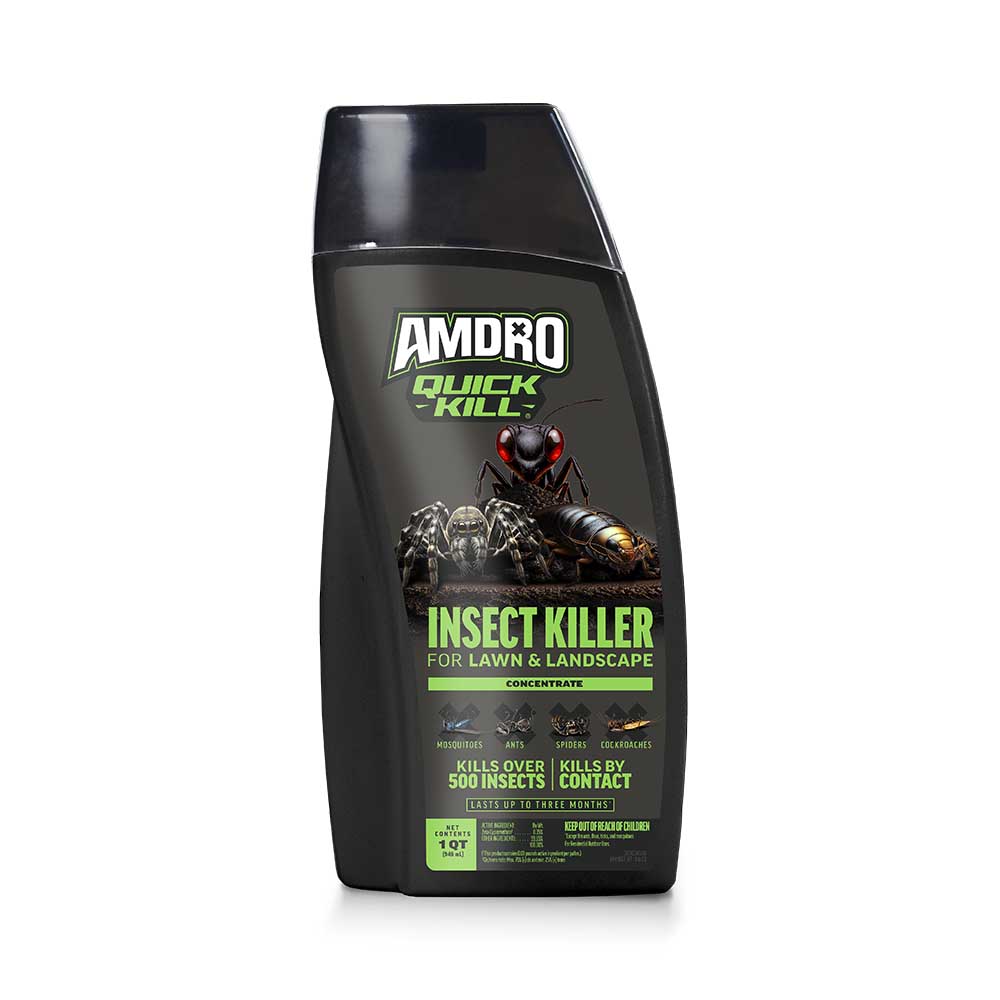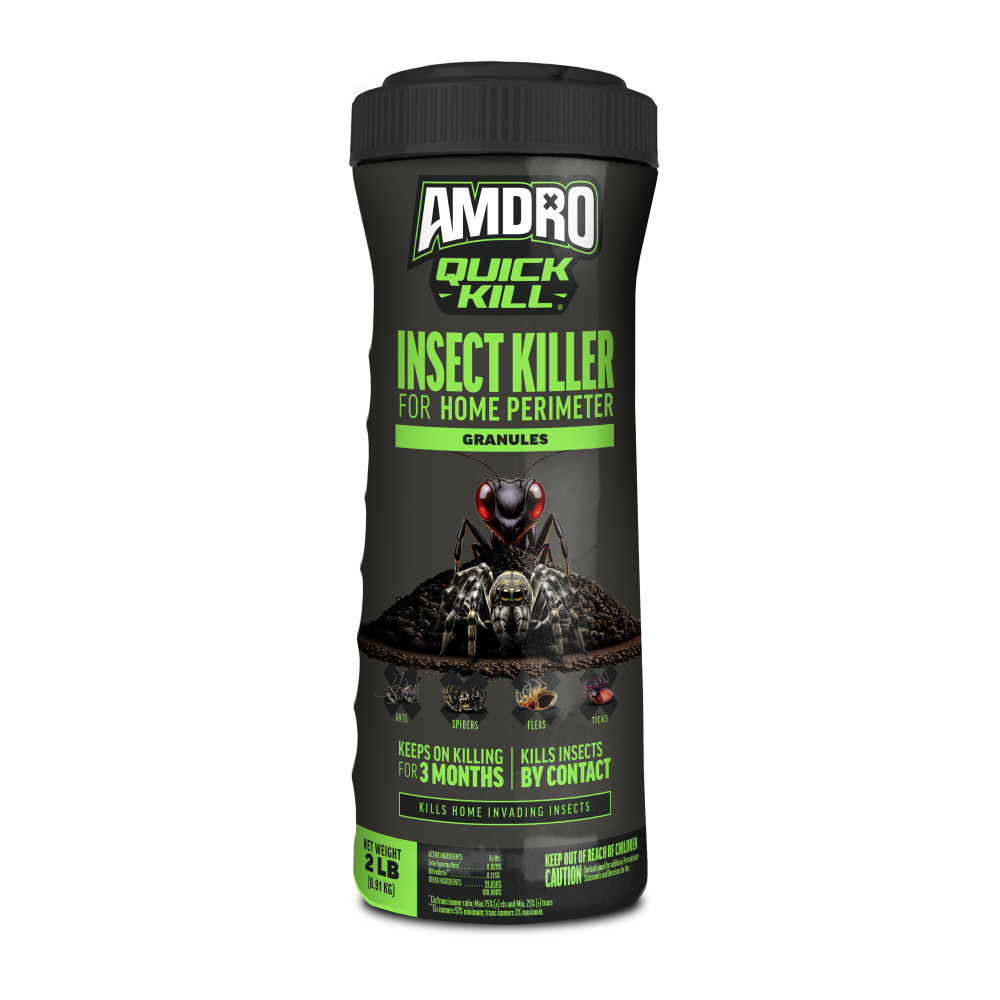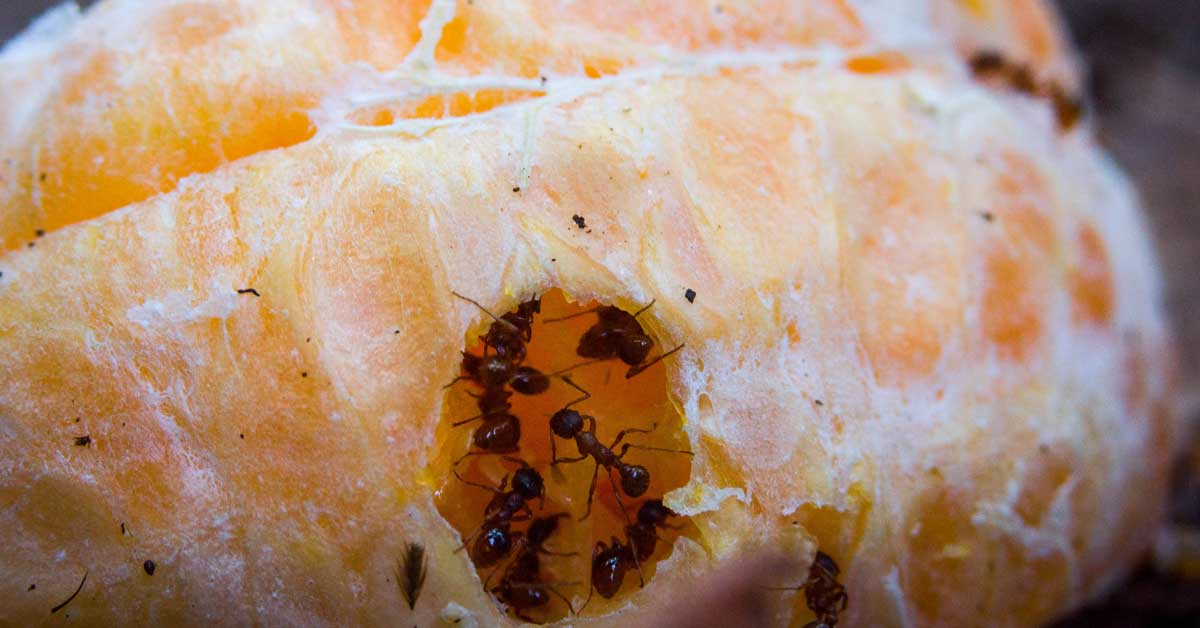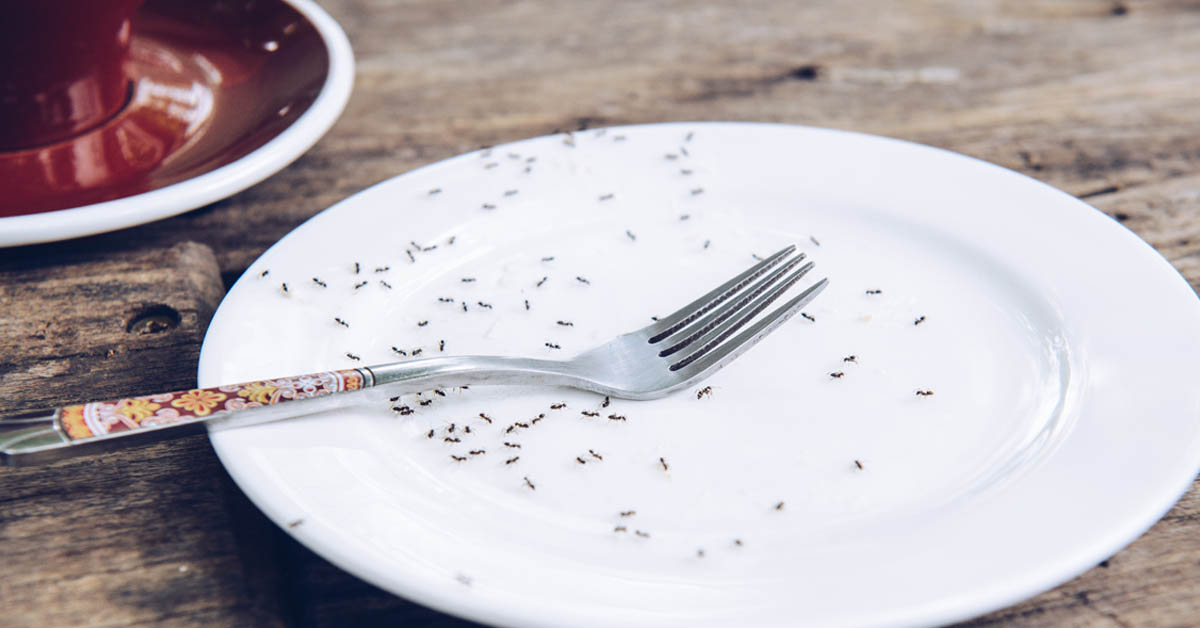Scale Insects
SCALE INSECT IDENTIFICATION
Female scale insects often blend into the plants they attack. Rather than looking like insects, they look like small oval or circular bumps on branches and stems. Depending on the species, they range in color from black, brown or waxy tan to cottony white. Adult male scale insects are tiny, uncommon, winged pests. They look similar to male mealybugs, minus the tail-like filaments.
Scale insects get their name from the protective scale that covers the female's body. Common scale species are either soft or armored. As the names suggest, soft scales have a soft protective covering; armored scales have hard coverings. Soft scales grow up to 1/4 inch long. Armored scales grow half that size.
Newly hatched scale insects are tiny yellow "crawlers" that quickly grow into small, plant-damaging versions of adults. Once scale nymphs attach to a plant, they feed and grow in place.
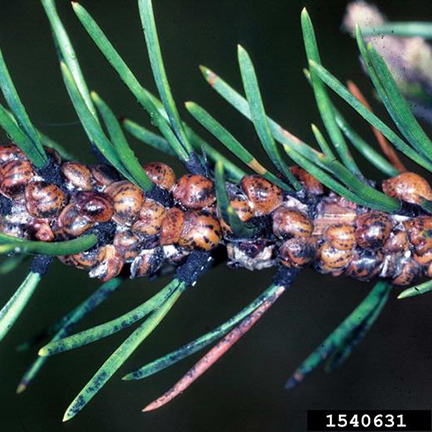
SIGNS OF SCALE INSECTS
A steady trail of ants often provides the first hint that scale insects are at work. As scales feed on plants, many species excrete sticky, sweet honeydew that attracts honeydew-loving ants. By the time ant traffic draws attention, plant damage may be severe.
Leaves or entire plants may quickly turn yellow as scale damage peaks. Branches wither and die back. Plants drop their leaves unexpectedly. With heavy infestations, affected plants may die. Honeydew leaves sooty black mold behind.
HOW TO CONTROL SCALE INSECTS
Scale insects are most vulnerable before they develop their protective scale coverings. Early treatment reaches these pests before they mature to damage plants or multiply. Like mealybugs, many scale insects reproduce without mating. Left unchecked, populations skyrocket. Amdro brand offers several highly effective products to kill scale insects by contact and protect against new generations for up to three months:
- Amdro Quick Kill Insect Killer for Lawn & Landscape Ready to Spray attaches to a regular garden hose to simplify treating your lawn, foundation plantings and flower gardens. The container automatically measures and mixes as you spray. Cover all lawn and plant surfaces thoroughly to kill scale insects by contact.
- Amdro Quick Kill Insect Killer for Lawn & Landscape Concentrate, designed for use with a pump-style sprayer, comes with a convenient measuring cap. It's easy to get just the right amount of concentrate for the task. Dilute the product according to label instructions, then spray your target plants thoroughly to kill pests by contact in minutes.
- Amdro Quick Kill Insect Killer for Home Perimeter Granules provide another layer of protection for your home and plants. Apply the ready-to-use granules with the shaker container to treat your home's perimeter, foundation plantings and other target areas. Water lightly after application to release the active ingredients and kill scale pests by contact.
SCALE INSECT CONTROL TIPS
Ants are known to shield scale insects from natural predators to protect their honeydew supply. Maximize your results by treating ants when you treat scale insects.
Always read product labels and follow the instructions carefully. Amdro and Amdro Quick Kill are registered trademarks of Central Garden & Pet Company.
Pest Gallery
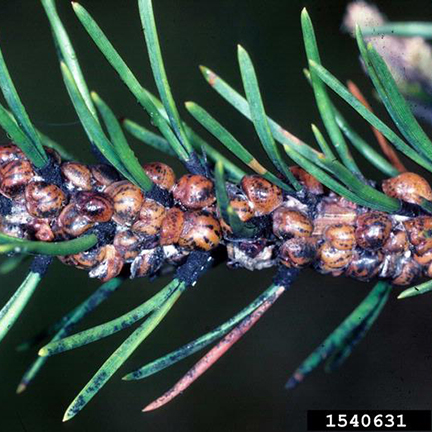
Scale Insect on Evergreen Branch
Photo Crecit: Lacy L. Hyche, Auburn University, Bugwood.org
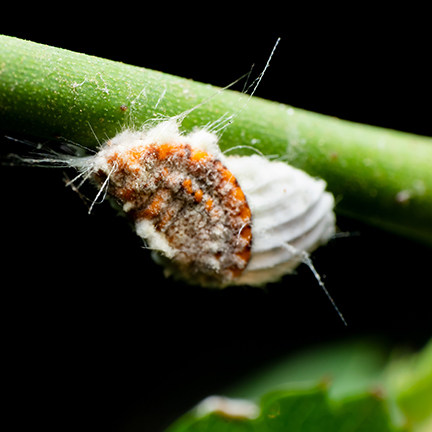
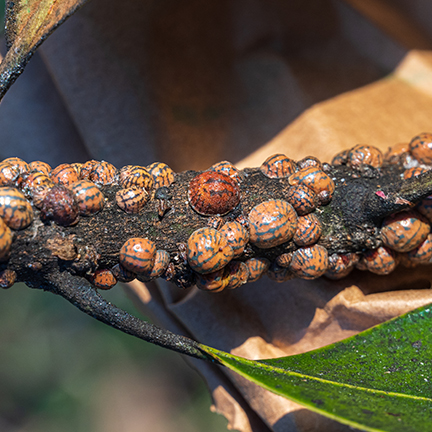
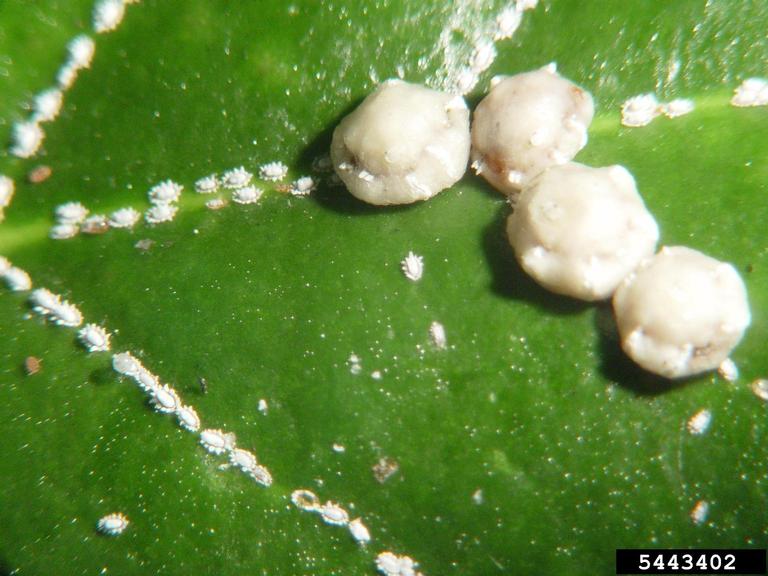
Photo Credit: 5443402, Chazz Hesselein, Alabama Cooperative Extension System, Bugwood.org
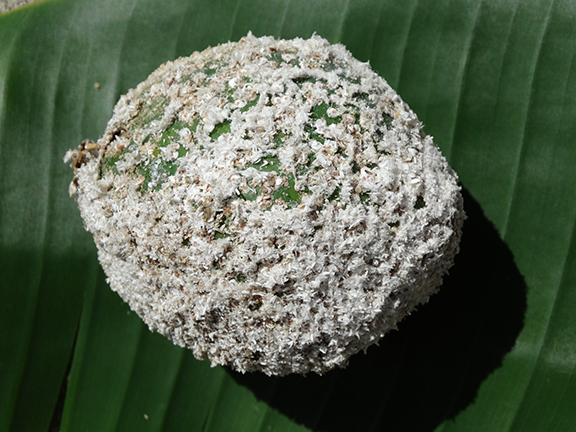
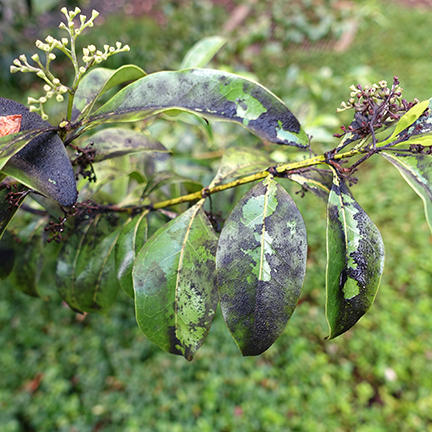
Photo Credit: Scot Nelson, Public Domain Dedication (CC0)
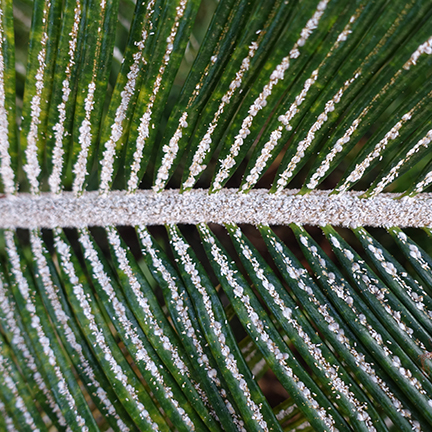
Is this not your insect?

